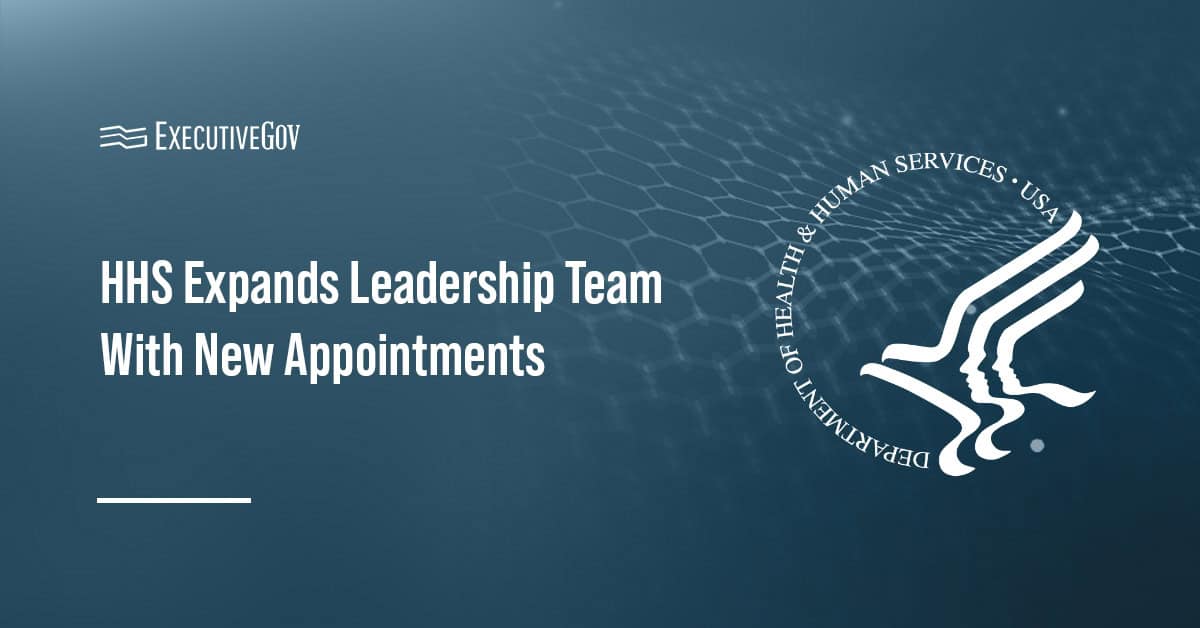 The U.S. Army has outlined a strategy to counter adversaries’ unmanned aircraft systems with a focus on cross-domain, inter-organizational and multinational efforts, Defense News reported Wednesday.
The U.S. Army has outlined a strategy to counter adversaries’ unmanned aircraft systems with a focus on cross-domain, inter-organizational and multinational efforts, Defense News reported Wednesday.Jen Judson writes the strategy’s unclassified version Army’s Training and Doctrine Command states the service branch seeks to provide counter-UAS systems across the doctrine, organization, training, material, leadership, personnel and facility-policy framework.
The plan also eyes combined arms that synchronize the capacity of all warfighting functions as well as a “whole-of-government” approach that will involve joint, inter-organizational and multinational partners across the government, Judson reported.
The Army said the U.S. and foreign partners should combine counter-UAS efforts to address redundancies and conflicts since multinational partners have their own strategies, Defense News stated.





